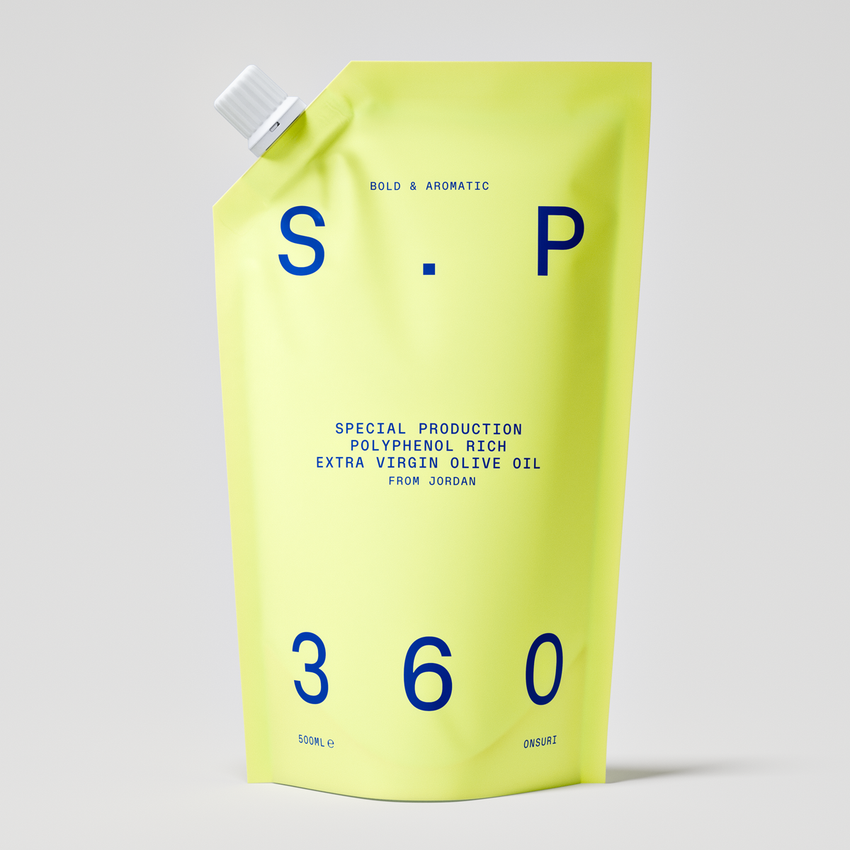Certified and
Award-Winning
Grown, milled, and bottled on a multi-award-winning family farm, SP360 represents the very best of what extra virgin olive oil can be: rich in antioxidants, rooted in transparency, and cultivated for daily wellness. Our oil isn’t just certified - it’s celebrated.
If you’re looking for the best extra virgin olive oil for health, we’re proud to provide the facts rather than make claims. With SP360, you can enjoy proven benefits and premium flavour with complete confidence.
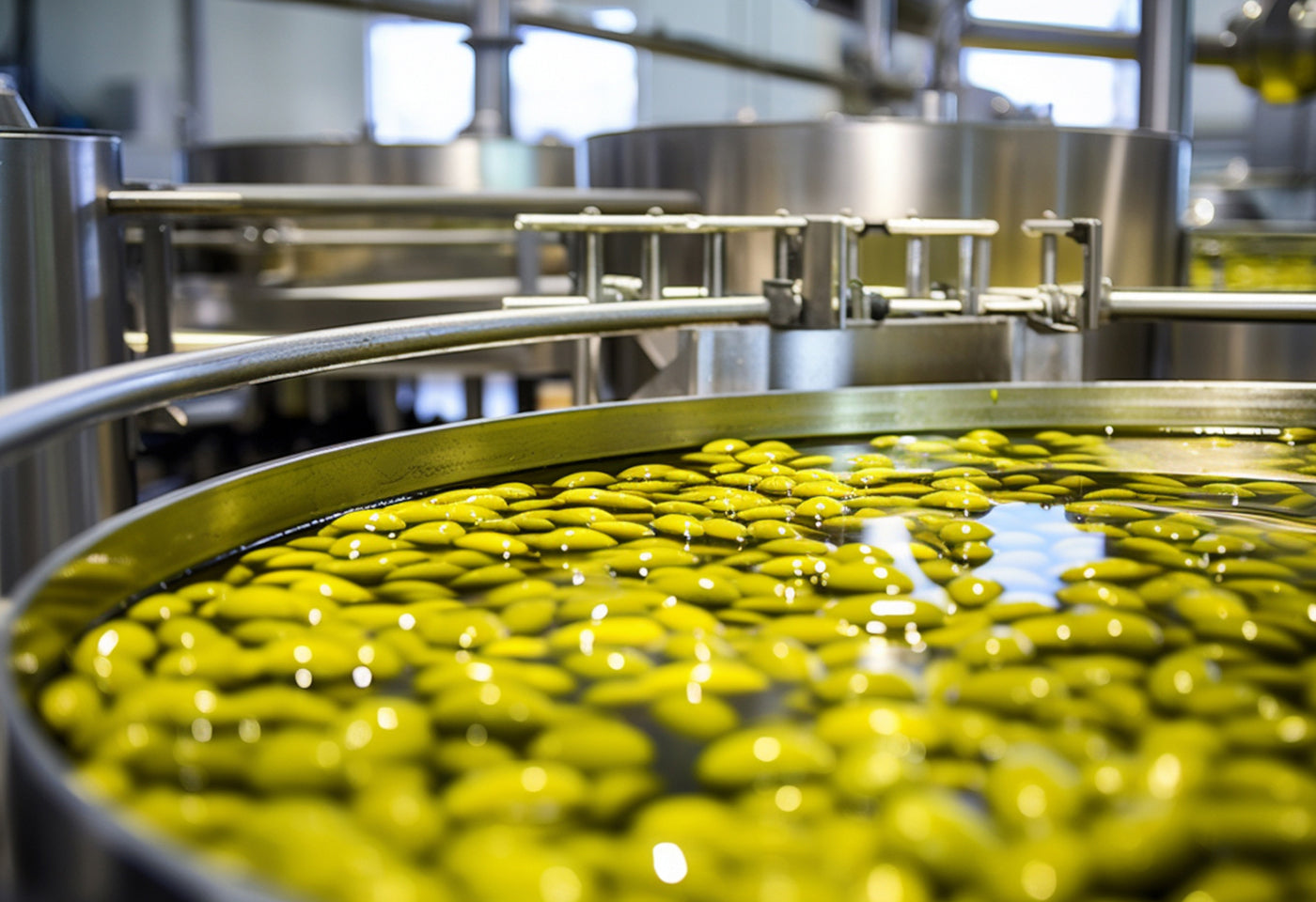
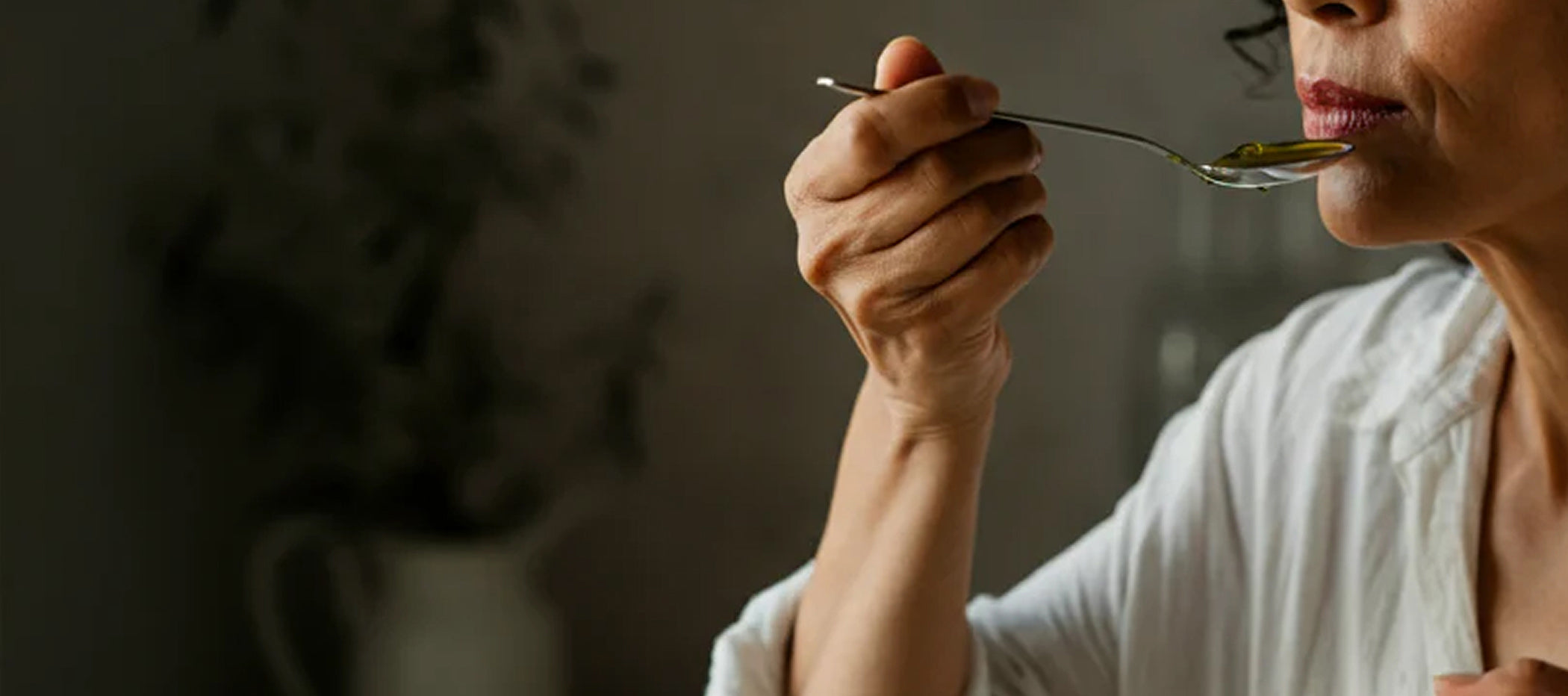
Our Commitment to Transparent Olive Oil Testing
We go above and beyond to ensure that every drop of SP360 meets the highest international standards. Every batch is tested according to the International Olive Council’s (IOC) official method (COI/T.20/Doc. No. 29/Rev.2) and certified by the Royal Scientific Society - Jordan’s leading, independent lab. These third-party results confirm that our oil meets the highest international benchmarks for purity, freshness, and nutritional value.
To request our full Certificate of Analysis (COA), email us at info@sp360.co.uk.
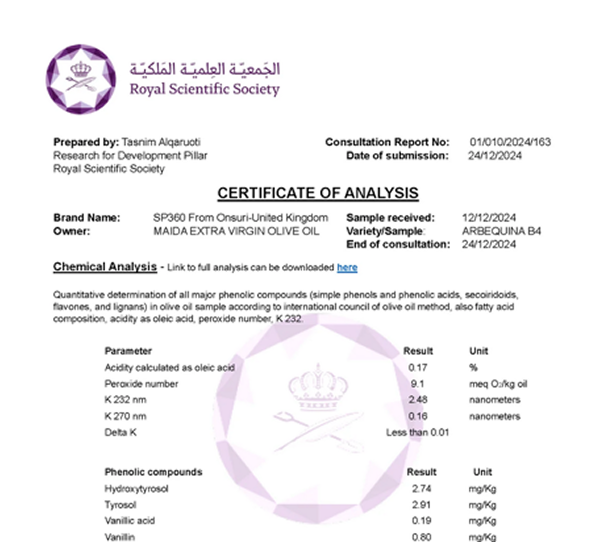
Collapsible content
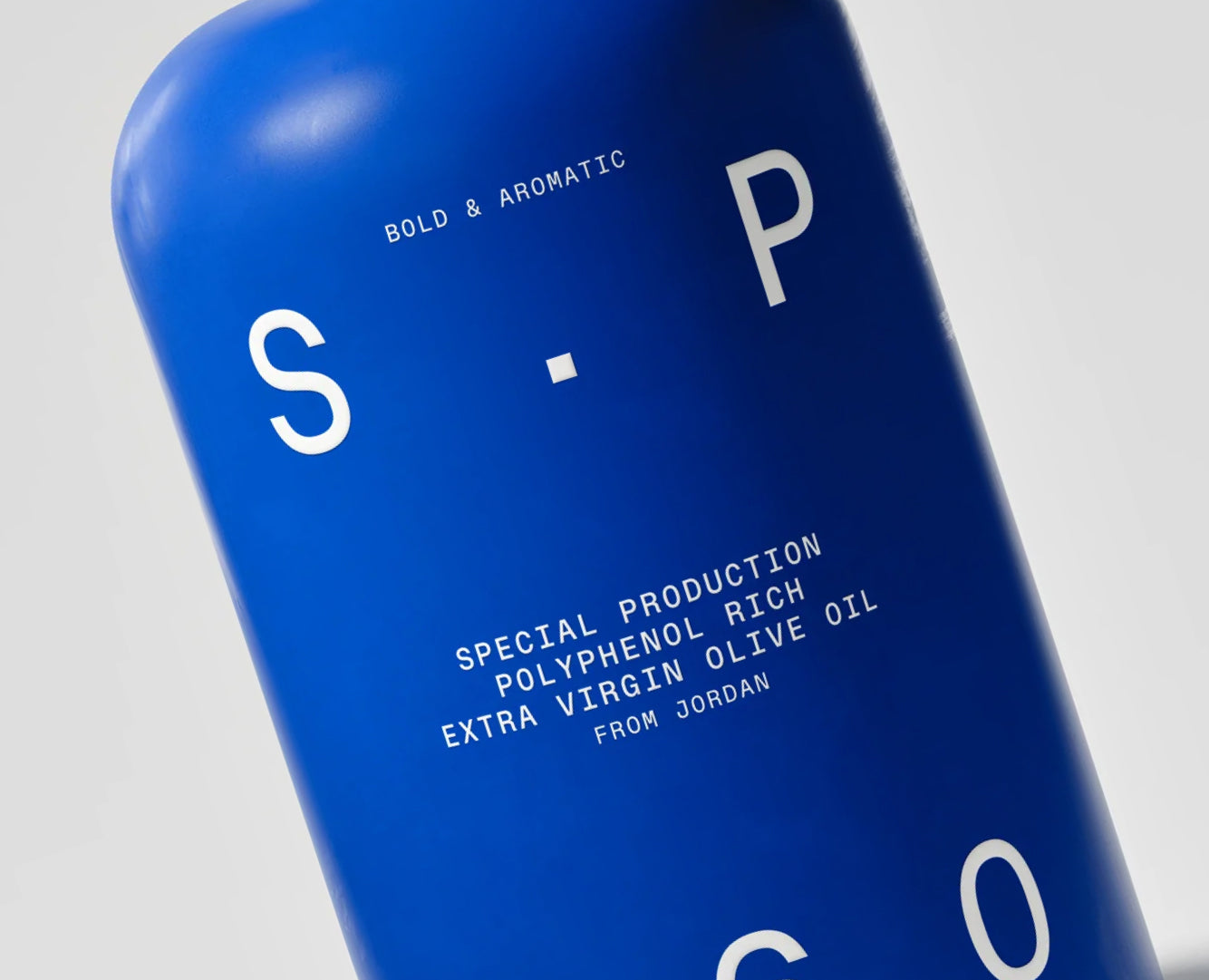
Our Results
These scores place SP360 at the forefront of certified, high-performance EVOO - trusted for health and tested for truth.
Polyphenol Content - 1,462.13 mg/kg
Measures antioxidant strength linked to health benefits. SP360 has among the highest levels globally at 1,462 mg/kg.
Acidity and Fatty Acid Profile - 0.17%
Indicates freshness and quality of olives. SP360 has a 0.17% score, far below the 0.5% premium benchmark.
Peroxide Value - 9.1 meq O2/kg
Reflects oxidation and shelf stability. SP360 is well under the EVOO limit of 20 and premium cut-off of 12 with a core of 9.1.
UV Absorption (K232, K270, and ΔK) - <0.01
Tests purity and checks for refined oil or degradation. With our ΔK at 0.01, testing proves SP360 is fully authentic and unadulterated.
Why Certification Matters
In an industry flooded with vague marketing, olive oil testing and certification are essential to build trust. SP360 is committed to transparency through third-party verification, total traceability, and data you can rely on.
This is why SP360 is consistently chosen by those seeking the best extra virgin olive oil for health - a product that delivers clinically relevant benefits and uncompromising quality in every drop.
Award-Winning Extra Virgin Olive Oil
Our family farm has won nearly 100 international awards, across three continents over the past four years - including top honours from the EVOO World Ranking (EVOOWR).
While SP360 is a distinct health-focused production, it benefits directly from the same soil, expertise, and milling excellence that earned these accolades. These awards recognise more than flavour; they reflect a legacy of craftsmanship, sustainability, and authenticity.
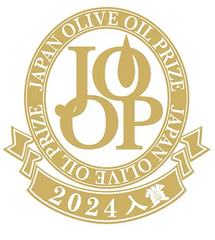
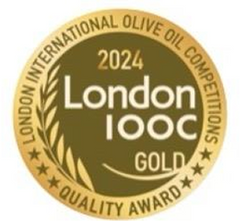

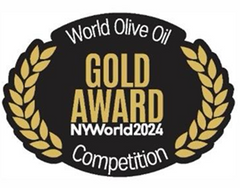




What the Judges
Look For
Olive oil sommeliers - trained to detect even subtle flaws - assess oils based on aroma, flavour, harmony, and overall sensory experience. To meet extra virgin standards, oils must be free from any sensory defects (such as rancid, fusty, or musty notes) and score positively for fruitiness.
The oils from our estate consistently surpass these requirements, delivering vibrant, defect-free flavour that’s recognised on the global stage.
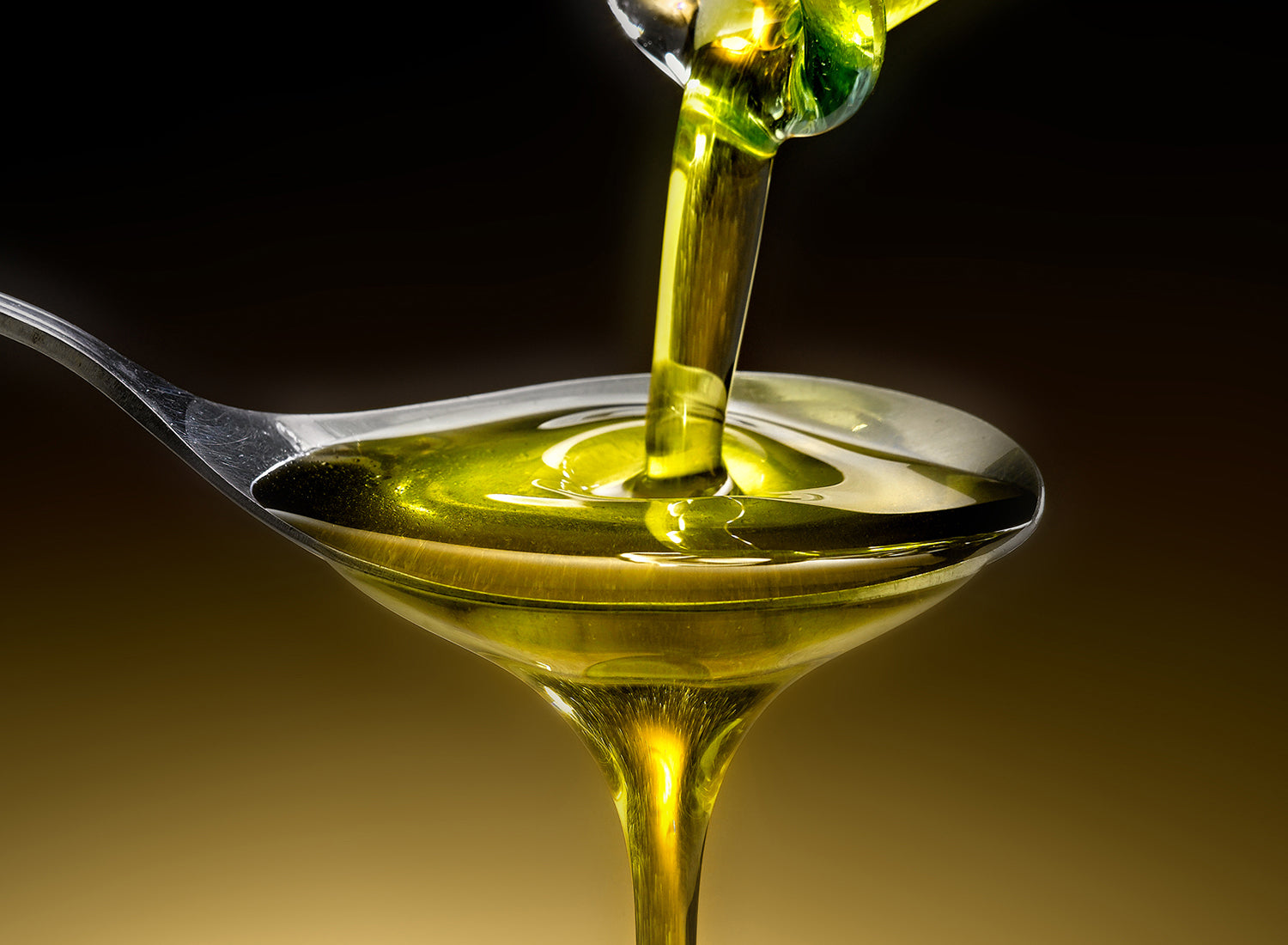
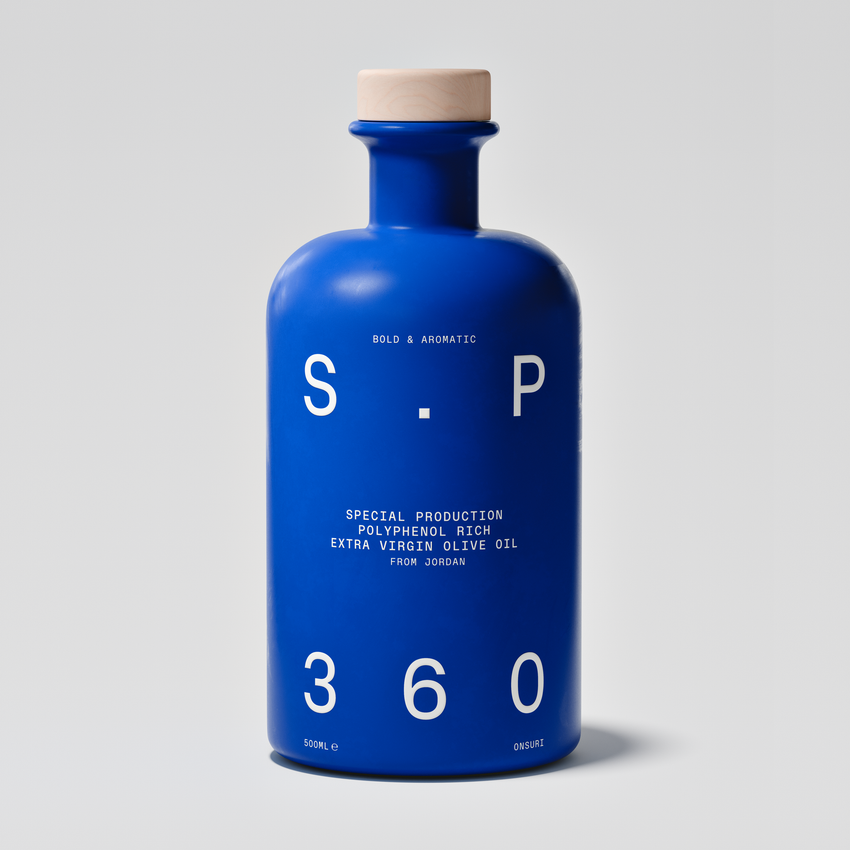
500ml Lifetime Bottle
Join the SP360 Movement
